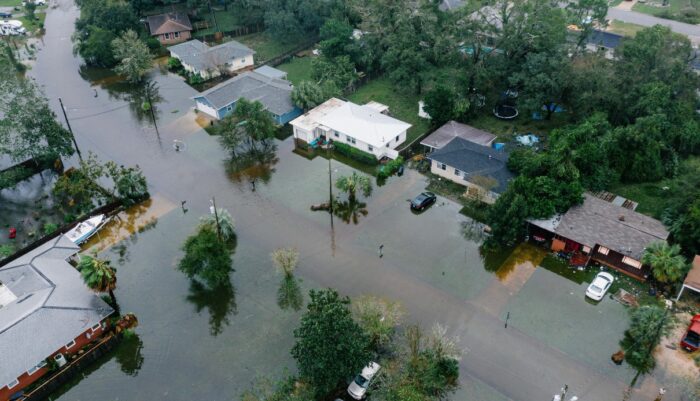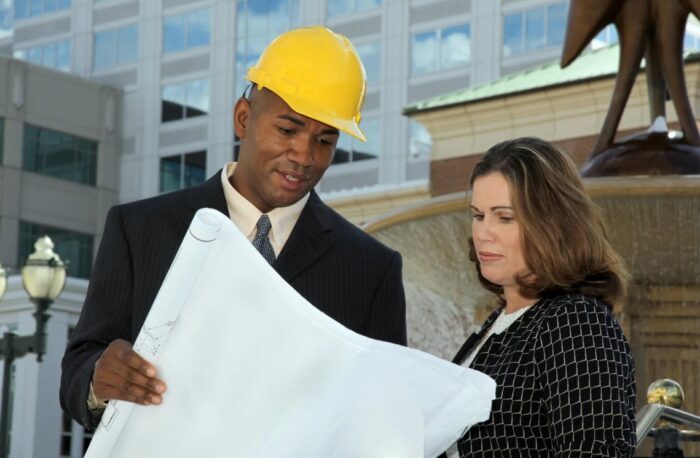
With climate change ever-intensifying, whether that’s rising seas or extreme weather, communities need to start building resilience to withstand and bounce back from, escalating environmental disruptions.
According to the good folk at Brother’s Brother Foundation, local preparedness, and adaptations are crucial because climate effects vary by geography. Communities that are resilient have citizens that are engaged, infrastructure that has been strengthened, robust disaster response capabilities, access to resources, collaboration with local authorities, and plans in place for an uncertain future. With foresight and organization, communities can meet climate challenges head-on.
Public Education and Engagement
Citizens that are informed and engaged are crucial when it comes to community resilience. Public education campaigns teach residents about local climate threats, preparedness actions, and response protocols.
Schools and local organizations can offer climate science curricula that explain the causes and effects of climate change. Community training can also drill disaster scenarios, and so increase readiness to act.
Engaging vulnerable and marginalized groups will ensure resilience planning across the board, while neighborhood forums can bring people together to discuss preparedness steps. Volunteer programs empower residents to advocate for modifications and assist neighbors.
Strengthening Infrastructure

Upgrading infrastructure to withstand climate shocks and stresses protects communities. Things like reinforcing flood barriers, elevating coastal buildings, retrofitting roofs to endure intense wind and weather, burying power lines to avoid gust damage, and improving drainage systems all reduce failure risks. Resilient infrastructure designs allow core services and mobility to stay functional in the face of climate-driven disasters.
Emergency Response Readiness
Robust disaster response capabilities minimize damages when climate hazards strike. Adequate equipment like rescue boats, emergency supplies, mobile communication systems, and disaster robots enables response units to act quickly and effectively. Well-trained emergency personnel with regular refresher courses keep skills sharp.
Clear incident command structures and interagency coordination prevent confusion and optimize disaster operations. Community warning systems alert residents in a timely manner across multiple channels. Evacuation plans identify routes and contingencies for diverse scenarios.
Emergency shelters with backup power, food, water, and medical aid maintain continuity of core functions even if infrastructure fails. The readiness to act swiftly, resourcefully, and in a coordinated fashion saves lives and property in climate emergencies.
Governance and Partnerships

Cooperative governance, diverse community partnerships, and grassroots efforts all expand local resilience capabilities. Emergency management collaborations across government agencies, nonprofits, faith-based organizations, and private entities maximize response capacity.
Partnerships with academic institutions provide important research insights on climate risks and potential adaptations. Cross-sector cooperation makes communities more united, engaged, and dynamic when facing climate threats.
Scenario Planning
Proactively planning for uncertain climate impacts and disaster scenarios prepares communities to adeptly navigate many possible futures. Advanced models assess vulnerabilities across sectors like energy, water, transportation, housing, agriculture, and more.
Exploring adaptive options builds foresight on how to address different situations. Flexible plans account for unpredictability and guide intelligent investments to maximize multi-hazard resilience. Continuously updated scenarios with input from diverse stakeholders help match responses to new climate extremes and disaster probabilities as the future unfolds. This agility enables communities to take uncertainties and risks in stride.
Partnerships with Academia

Academic partnerships generate important research and data to inform resilience planning. Climate studies assess shifting risks and vulnerabilities. Engineers model infrastructure performance under stress.
Social scientists study community engagement approaches and equity factors. Urban planners identify climate-adaptive designs. Public health experts examine disease and heat risks. Partnerships with schools and universities amplify local knowledge and innovation for resilience.
Conclusion
Building community resilience requires a comprehensive approach, with engaged citizens, robust infrastructure, strong disaster response, resource equity, partnerships, innovation, and planning.
Together, these adaptations empower communities to meet mounting climate threats with flexibility, ingenuity and solidarity. Though climate change brings uncertainties, prepared, and connected communities have what it takes to become beacons of resilience in the face of disruptions.








